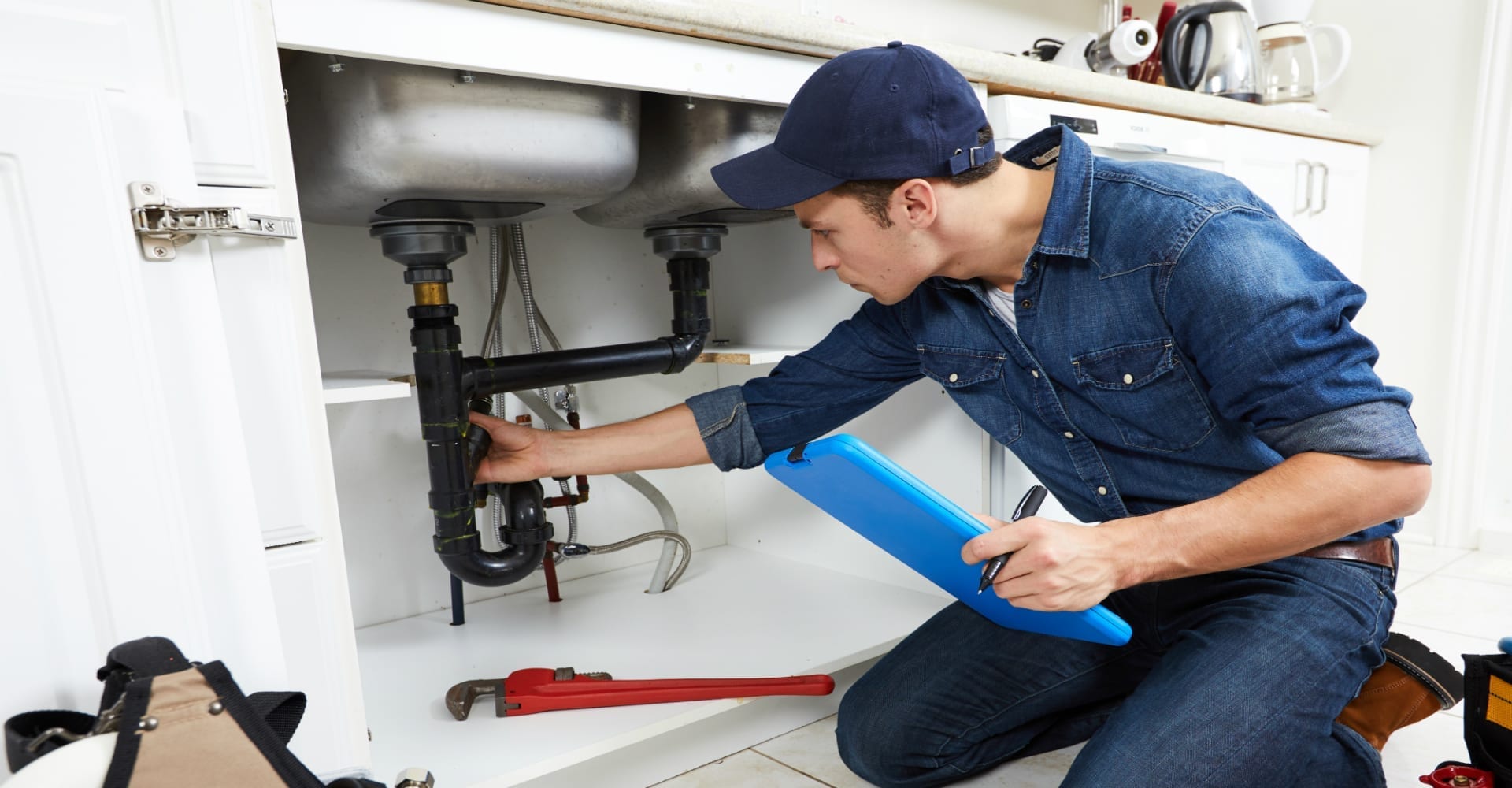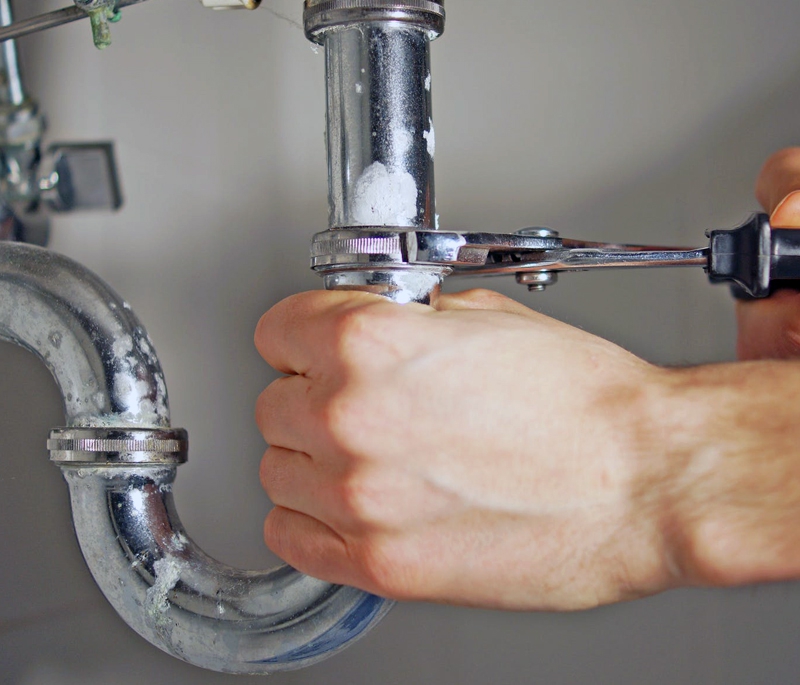Effective Plumbing Winterization Tips to Defend Against Pipe Bursts in Cold Conditions
Effective Plumbing Winterization Tips to Defend Against Pipe Bursts in Cold Conditions
Blog Article
This great article listed below relating to Prevent Freezing and Bursting Pipes is relatively intriguing. Give it a try and make your own results.

All house owners that reside in temperate climates have to do their ideal to winterize their pipelines. It is something you must do during autumn before deep winter season genuinely starts. Failure to do so can spell disaster like frozen, fractured, or ruptured pipes. If the weather outside is frightful, below are some handy winterizing hacks to keep your plumbing system safeguarded even.
Activate the Faucets
When the temperature level decreases as well as it appears as if the freezing temperature will certainly last, it will aid to turn on your water both indoors as well as outdoors. This will keep the water streaming through your plumbing systems. You'll end up squandering gallons of water this way.
Open Up Closet Doors Hiding Plumbing
It would be practical to open closet doors that are camouflaging your pipelines when it's cool outside. They might be somewhere in your cooking area or shower room. This will enable the warm air from your heater to circulate there. Therefore, you protect against these revealed pipes from freezing. Doing this small trick can maintain your pipes warm and also limit the possibly hazardous outcomes of freezing temperature levels.
Take Some Time to Wrap Exposed Pipeline
One great and simple hack to heat up icy pipes is to cover them with warm towels. You can cover them initially with towels. After securing them in place, you can pour boiling water on the towels. Do it gradually to allow the towels absorb the fluid. You can likewise utilize pre-soaked towels in hot water, just do not forget to use protective gloves to guard your hands from the warmth.
Try a Hair Dryer or Warmth Weapon
When your pipelines are virtually freezing, your trusty hair clothes dryer or warm weapon is a blessing. If the warm towels do not assist displace any type of resolving ice in your pipelines, bowling hot air straight right into them might help. You might end up damaging your pipelines while trying to thaw the ice.
When Pipelines are Frozen, shut Off Water
If you notice that your pipelines are entirely icy or virtually nearing that phase, turn off the major water shutoff instantly. You will typically find this in your cellar or laundry room near the heating system or the front wall closest to the street. Turn it off right now to stop further damage.
Don't neglect to shut outside water sources, as well, such as your hookup for the yard residence. Doing this will certainly prevent extra water from filling out your plumbing system. Sadly, with more water, more ice will pile up, which will eventually bring about break pipes. If you are uncertain concerning the state of your pipelines this winter season, it is best to call a specialist plumber for an examination. Taking this positive technique can save you countless dollars in repairs.
All house owners that live in pleasant climates should do their ideal to winterize their pipelines. Failure to do so can spell disaster like frozen, cracked, or burst pipelines. If the warm towels do not aid displace any working out ice in your pipelines, bowling hot air straight right into them might assist. Turn off the major water shutoff right away if you discover that your pipelines are totally frozen or nearly nearing that phase. With even more water, more ice will pile up, which will at some point lead to break pipes.
PREVENT YOUR PIPES FROM FREEZING THIS WINTER
A Leading Cause of Property Damage
When the weather is taking a deep nose dive into the cold dreary days, the risk of your pipes freezing and potentially bursting skyrockets. Unfortunately, during these cold dreary months, burst pipes are the most common denominator for property damage. The pipes that are most at the risk are those that are in areas where it is most cold in your home. For instance, pipes located in interior places such as basements, attics, and your garage. Unfortunately, that doesn’t mean that the pipes running through your cabinets or exterior walls can’t freeze. Good news, however, is that you can do things to help prevent pipes from freezing.
How to Prevent Pipes From Freezing
Once the temperature starts to drop during the winter, you should be taking the proper measures needed to ensure that your pipes stay warm and that there is circulation of water through them. Some steps that experts may recommend could go against your better judgement when it comes to saving water and heat. However, it would go without saying that when expenses are compared, damaged pipes could put a bigger dent in your wallet than a water bill.
What Can I Do?
Keep your garage door closed. This is very important, especially if you have water supply lines running through your garage. Open your kitchen and bathroom cabinets to allow warm air to circulate through them. Allow air circulation throughout your home. Keeping the interior doors open will once again allow the warm air to circulate inside your home. Ensure your thermostat is running the same temperature throughout the night and day. If you plan to be away from home during the cold months, set your temperature no lower than 55° F. This should provide enough heat to keep the pipes warm and prevent any remaining water inside the pipes from freezing. For more of a long-term solution, add insulation to attics, basement, and other crawl spaces around your home. By allowing your faucet to drip, it will alleviate pressure in the system. This is important because the pressure that is created between the blockage and the faucet can potentially cause the pipes to burst. Allowing the faucet to drip will prevent the pressure from building up, therefore keeping the pipes from bursting. Seal any cracks, openings, and crawl spaces around your home to prevent cold air from coming inside. This keeps your pipes-not to mention your home-warmer and less susceptible to issues caused by freezing temperatures. For the pipes in your home that are easily accessible, applying electrical tape to them might prevent them from freezing over. This is a quick fix, as you can apply the tape directly to the pipe. There are two options for heating tapes. One turns on and off by itself when it senses heat is needed. The other type of heating tape needs to be applied when heat is needed and removed when not necessary. If you have exposed pipes in your home, you can check this website to take a look at a few options that would be available at a shop near you.

As a passionate reader about How to Prevent Frozen Pipes, I thought sharing that piece of content was essential. Those who enjoyed reading our post kindly remember to share it. I thank you for reading our article about How to Prevent Frozen Pipes.
Visit Website Report this page